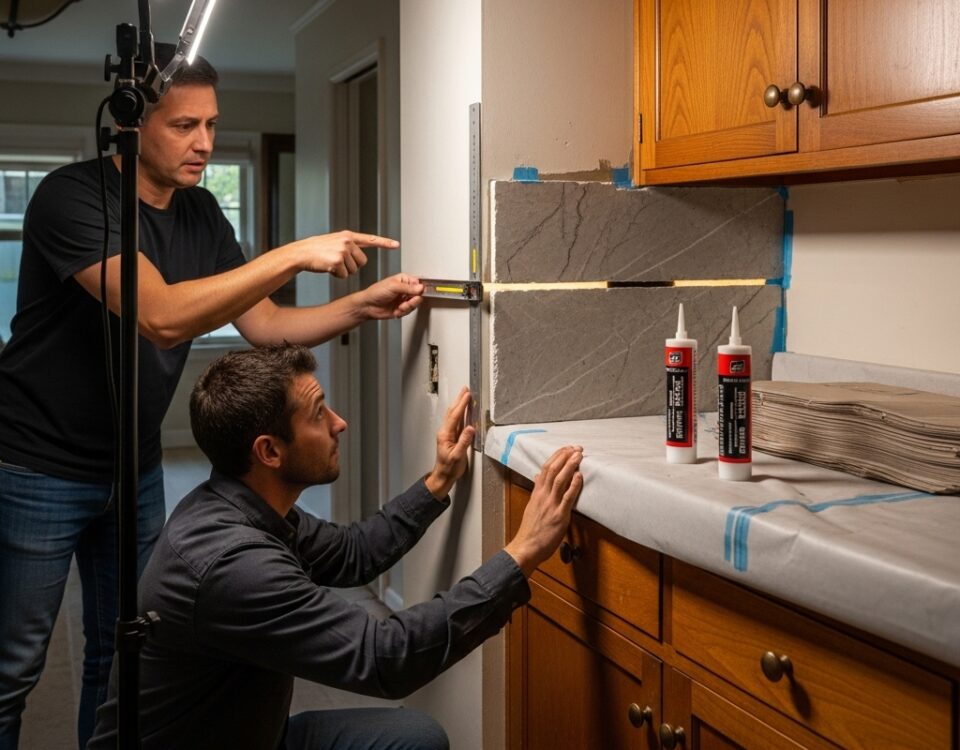Elevate Your Space With a Marble Backsplash: What You Need to Know
December 16, 2024Soapstone Backsplash: Unique Features for a Distinctive Look
December 16, 2024Quartz Backsplash: The Modern Solution for a Durable Kitchen
The utilization of quartz as a backsplash material in kitchen design presents a compelling case for those prioritizing durability without compromising aesthetic appeal. Engineered from natural quartz crystals, this non-porous surface is lauded for its ability to resist both thermal and mechanical stress, ensuring a resilient backdrop that defies the rigors of daily culinary activities. Furthermore, quartz’s intrinsic uniformity offers an array of customization possibilities, accommodating diverse design schemas. However, understanding the subtleties of its installation and maintenance could reveal nuances that might influence its selection over traditional materials. What factors should be considered when integrating quartz into kitchen spaces?
Benefits of Quartz Backsplashes
When it comes to selecting materials for a kitchen backsplash, the inherent advantages of quartz make it a compelling choice for homeowners and designers alike. Engineered quartz is renowned for its robustness, boasting exceptional resistance to scratches, stains, and heat, thereby ensuring longevity and minimal maintenance. Its non-porous surface inhibits bacterial growth, promoting a hygienic environment—an essential feature for modern kitchens.
Quartz’s uniform appearance provides an aesthetic consistency that seamlessly integrates with various design motifs, offering a sophisticated allure. Additionally, the material’s versatility in terms of size and thickness allows for custom installations, accommodating unique architectural nuances.
As a result, quartz backsplashes present a harmonious blend of functionality and style, aligning with the discerning tastes of those seeking to create a cohesive and inviting kitchen space.
Design Options and Trends
Designing a quartz backsplash offers an array of options that align with contemporary trends and personal preferences. With the versatility of quartz, designers can explore a spectrum of hues, from subtle neutrals to striking bolds, ensuring seamless integration with existing kitchen aesthetics. The material’s non-porous surface enhances its appeal, making it ideal for intricate patterns and dynamic veining, echoing natural stone’s allure without compromising on durability.
Current trends favor minimalistic designs with a touch of opulence, often achieved through honed finishes that provide a soft, matte texture.
Additionally, full-height backsplashes are gaining traction, offering a cohesive and expansive visual impact. Such designs not only elevate the kitchen’s functionality but also foster a sense of belonging, as they effortlessly blend style with practicality.
Read More:
Soapstone Backsplash: Unique Features for a Distinctive Look
Elevate Your Space With a Marble Backsplash: What You Need to Know




